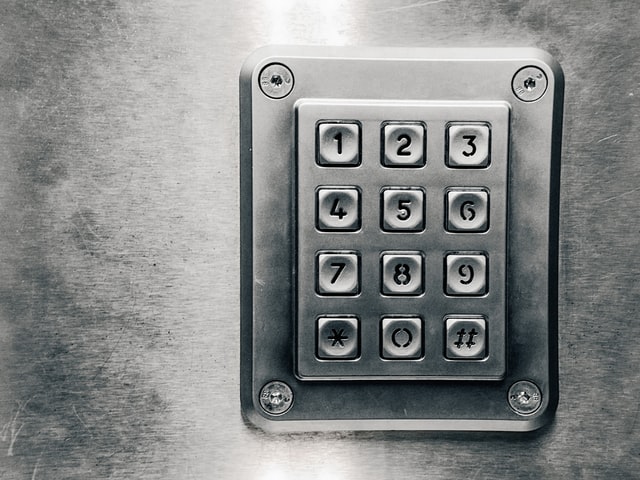Many people will have a safe place for items around their home, thinking that in the event of a burglar they may not find it. This is not always the case as many burglars will want to leave a property with something if they have made the effort to gain access. This can include them spending time if the house is empty, routing through common hiding places.
A survey carried out by confused.com discovered that the most common place to hide valuables is in a sock drawer, rather than an actual physical safe. The survey asked over 2,000 people their most trusted places to ‘keep safe’ precious items around the home rather than in a home safe, the most popular places include:
• Sock drawers
• At the top of the wardrobe
• Hidden under the bed
• Under the sink storage
• In a bedside table
Safe Standards
There are a multitude of security standards when choosing a safe. The entry level safes conform to BS EN 14450: 2005 standard, more secure units will meet BS EN 1143-1: 2005+A1: 2009 and LPS 1183: Issue 4.2.
High Security Safes
Eurograde 2 is the minimum standards when selecting a high security safe. This guarantees a higher level of safe security and protection and has been tested in a variety of environments to prevent access. When choosing a high security safe, many also come with fire protection to give an additional level of reassurance.
Types of Home Safe
There are many different types of Home Safe available on the market today, with different uses and benefits. It can be confusing to know which is the best home security safe, but by making sure you follow set security standards you can be assured that your safe will keep the contents secure.
Fireproof and Waterproof Safes
When choosing a fireproof or waterproof safe it is worth considering the amount of protection from fire or water that it has. The higher the rating, the longer it can withstand the elements. Also, the higher the rating, the more expensive it will cost.
Gun Safes
Part of owing a gun requires a acceptable level of responsibility, this includes locking firearms up when not in use, or when in transport. This is to ensure that they do not fall into the wrong hands or untrained hands that could cause an accident. It is worth considering when choosing a gun safe if the size will be adequate and if there are additional items that need to be stored such as ammunition.
Key Safes
As with valuables safes, a key safe needs to adhere to the same high standards of security. If a key safe is breached it could give a burglar access to a multiple of locked doors, or if in a workshop garage then this could access a number of machinery.
Home Safe Location
When you have purchased your safe, you will consider where to place it. It’s usually best to get a professional to install the safe as they will know the best locations and mounting points. Also, many insurers will require that the safe has been fitted by an accredited professional to recognise installation if there is ever a theft. Also, if the safe is not installed correctly, there is nothing to stop a burglar from simply picking it up and walking away with it.
The most common safe will sit within the wall. These allow for easy access, but aren’t always the most secure as they could (potentially) be knocked out with a sledge hammer.
Floorboard and underfloor safes are a good idea for the stealth install, although not the easiest to access as it requires you to access it bent down on your knees.
Regardless of location, it is always important to make sure that the safe is securely mounted. This may involve concreting it in place, or using steel rods to affix it to a wall or floor.

